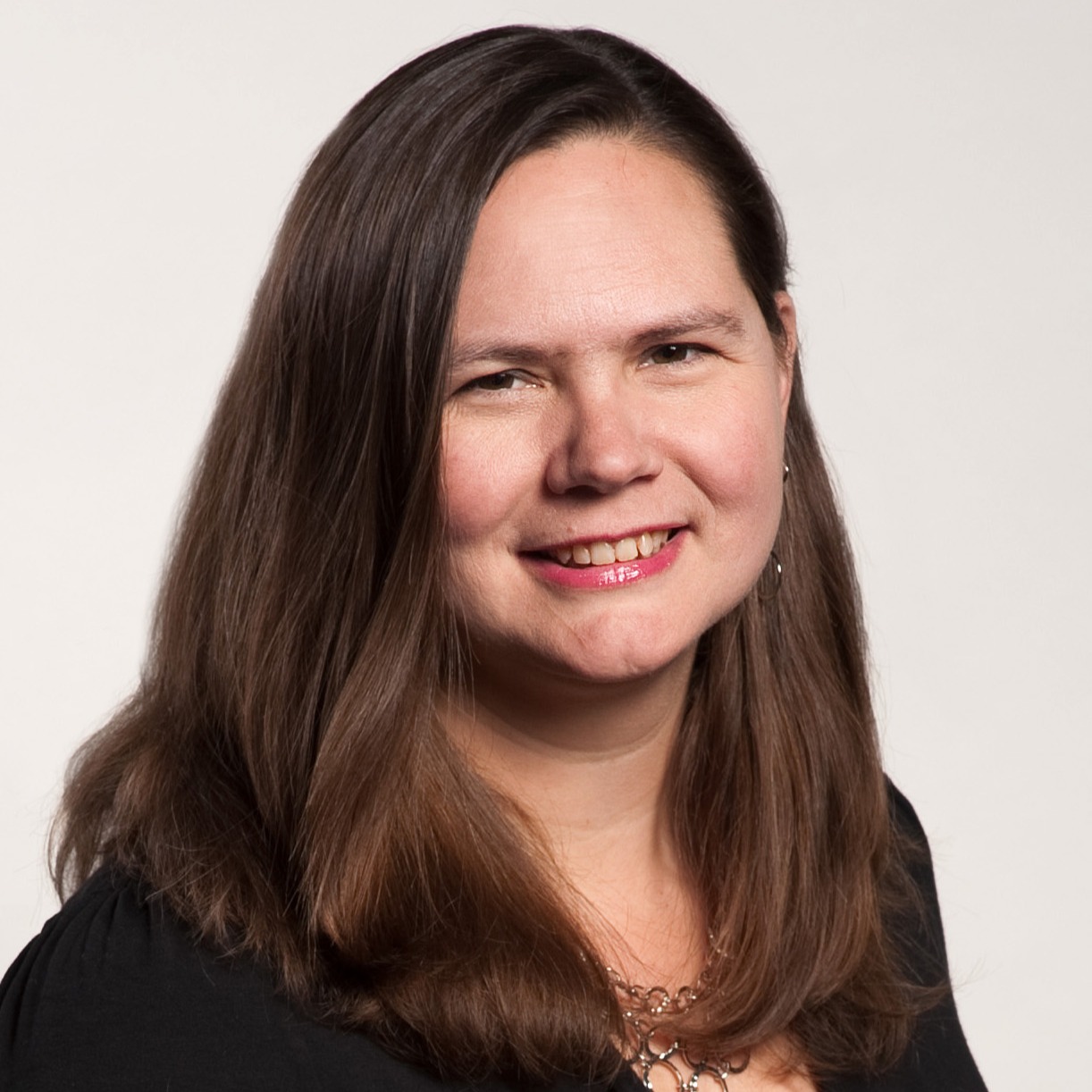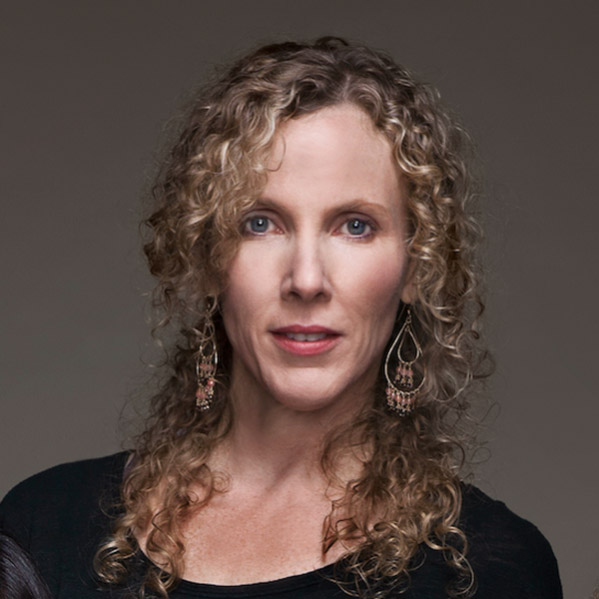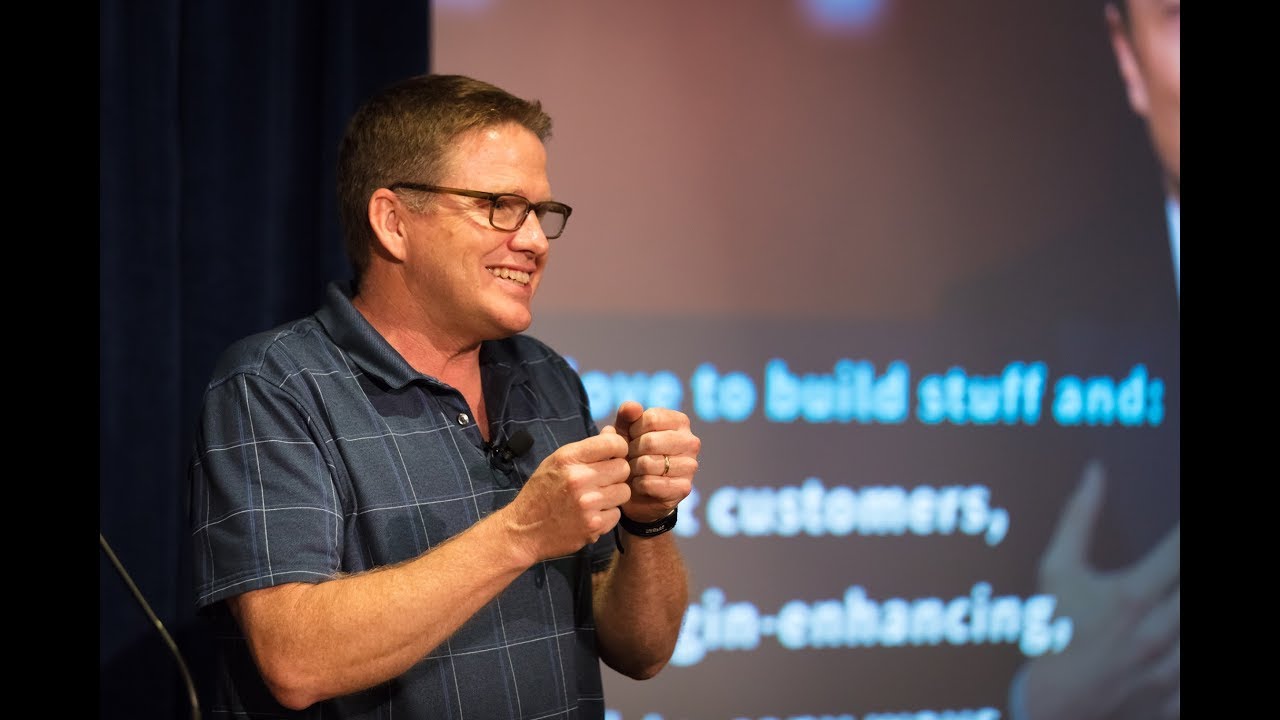Gibson: In 2010, I joined Chegg as Chief Product Officer. The company was founded as a Craigslist for college students in 2001 but didn't get traction until it launched textbook rental in 2008. By the end of my first year at Chegg, we generated $150 million in revenue.
Here's how I applied the GLEe Model. The Chegg product vision was to get big on textbooks, to lead eTextbooks, and then to expand into other student services, things like jobs or internships. At that point, it was clear that we could get big on textbook rental. Our service provided overwhelming value to students who could rent a textbook for $50 instead of buying a new book for $200. One clear sign of our ability to delight college students, our Net Promoter Score quickly improved from 50 to the high 70s.
Similar to Netflix, I thought Chegg would transition from physical delivery to digital services in three to five years, but I was wrong. There are three reasons the transition to eTextbooks still hasn't happened. While I expected students to be early adopters, they were the opposite. Students had a nostalgic relationship with physical books. They spoke longingly about sitting on their parents' laps as their parents read books to them, and they had little interest in eTextbooks.
Physical books offered advantages students valued that eTextbooks couldn't match, most noticeably the ability to easily highlight text using a marker. The third reason that the transition to eTextbooks hasn't happened, publishers insisted on pricing eTextbooks close to the price of a new physical textbook. They had little interest in disrupting their highly profitable paper textbook business. Like most things involving consumer science, the above insights seem relatively obvious today, but the discovery process was long
As our textbook rental business grew, we set our sights on a new area to lead, homework help. We began by providing step-by-step solutions to all the answers in textbooks.
Later, we expanded into other homework help areas, writing help, tutoring, flashcards, to create a monthly subscription service called Chegg Study. Today, nearly half of Chegg's revenues come from its digital services.
In 2012, when it became clear that eTextbooks would not be a significant part of our business, we amended the GLEe model. Step one, get big on textbook rental; step two, lead homework help; step three, expand into other student services.
Chegg is still in the early days of its broader student services phase, but they'll get there. They're now a public company approaching $400 million in revenue and have a market cap of $5 billion.
The DHM Model. Here are the ideas we explored to delight customers, build hard-to-copy advantage, and generate margin when I was at Chegg. Here are the list of potential delighters. Provide overwhelming value through low price, textbook rentals. Deliver fast access to textbooks via a digital Read While You Wait eTextbook feature. Offer a 21 day return policy in case a student drops a class or it's obvious the professor won't use the textbook. Provide step-by-step solutions to all the questions in the back of textbooks. Set up kiosks in campus bookstores to make it easy to rent textbooks. Enable students to buy and sell class notes.
The list of hard-to-copy advantages, the potential list. Create a student graph. We built a dataset of all the courses on each campus, included all the textbooks and content that were part of the course. Develop unique personalization technology. We built this capability using the student graph data that I just described. Achieve economies of scale through high volume, used textbook purchase. Build a viral brand, spread campus wide through highly visible, large orange boxes. Create a network effect through a homework help platform where tutors around the world provide answers on Chegg's platform.
Here's the list of potential margin enhancing ideas for Chegg. Execute ongoing price tests for textbook rentals, precisely determining the balancing act between volume and margin. Experiment with free versus paid shipping. Launch an advertising sponsorship business via free items in each box as well as on-site banners and sponsored areas and services. Explore eTextbooks and the high margin digital services we hoped they would provide.
Here's how I thought about bringing delight, hard-to-copy, and margin together to form high-level strategies. These are product strategies for Chegg. In sorting through the DHM ideas and experiments, we teased out the following product strategies. Student graph, focus on personalization. Social. That meant a Facebook-style newsfeed based on the student graph data. Lots of price and selection testing. The invention of a potential future high margin digital services, and then build brand awareness and trial, given that we were just getting startup.
The Strategy/Metric/Tactic Lockup. In the first year, I created six high-level product strategies: student graph, personalization, social, price and selection, high margin digital services, and brand awareness and trial, building both. I was able to isolate a metric to describe the extent to which we were making progress against each of those key strategies I've listed.
For instance, for the student graph strategy, our proxy metric was the percentage of campuses that had complete class, course, and textbook data. In personalization, it was the percentage of students who completed a profile, giving us some basic data to help us understand them.
Then for each of these strategies, we also had sample projects. For instance, for the student graph strategy, the projects and the tactics were to scrape and parse data from 1,000 different campuses, and we also began to experiment with geolocation.
In the personalization area, some of our first projects, we enabled Facebook Connect and we did lots of profile page testing to figure out how we could nicely encourage students to give us the data that we were looking for. I've just give you some examples of how the strategy/metric/tactic lockup work for Chegg.
The next model that I applied is the GEM Model. When I joined Chegg, we debated the prioritization of growth, engagement, and monetization. Dan Rosensweig, our CEO, was confident in our ability to raise capital and prioritized GEM as follows. He prioritized first growth, measured by year-over-year growth in student accounts and revenues. Second was engagement, measured by six month textbook retention, our Net Promoter Score, and later our homework help monthly retention. He prioritized monetization third. We measured that by our margin, our cash flow, and unit economics.
Our Chief Financial Officer, Greg, was more concerned than Dan about our ability to demonstrate a working textbook rental business model. At the time, we took it on faith that we could buy a used textbook for $50, then rent it three times over three years to deliver a profitable business. Unfortunately, it would take three years to prove the model, and we couldn't simply press the pause button. The job of a startup is to grow fast.
Dan and Greg's differing opinions created lots of tension. Eventually, there was a bit of a cage match and they aligned against the following forced rank. Growth was first, engagement was second, and monetization was third. Dan's confidence in his ability to raise money to fund growth won out over Greg's desire to slow things down to prove our unit economics.
There's no right answer here, however. This is a classic you'll never know the road not taken situation. But we did manage to raise multiple rounds of funding, to prove the business model, and to grow 25% year-over-year. In late 2013, we took the company public.
The Rolling Four Quarter Product Roadmap. In a moment, I'll outline the product roadmap for Chegg. As always, I reinforced that next quarter's projects would happen on a timely basis but downplayed our ability to deliver projects in subsequent quarters. I reinforced that there would be so much learning in the next quarter that plans would likely change. Nevertheless, our four quarter product plan told a story of how our swim lanes fit together and how the strategies would come to life over time.
I'm just going to give you one example, the student graph strategy. I'm sharing key projects over the next quarter. In Q4 is Facebook Connect integration. In the next quarter, Q1, we tried a members save $10 test. In Q2, we did a tell-a-friend promotion. Then in Q3, we did community based Q and A tests.
The point here is for each of your key strategies, you can outline your best guess, your fuzzy vision of key projects in that swim lane over time. When you look at this in whole, you can begin to see how all these ideas fit together in reasonable ways.
As always, the roadmap does not include all projects. I did not detail non-customer-facing projects, like the financial system work required to go public. The roadmap provided a relatively high-level view that demonstrated how the product strategies might play out over time.
I hope you've enjoyed the essays in this product strategy series. If you'd like to learn more, it's quite easy to read them and find them online. In any cases, I've included charts and graphs that are hard to talk about.
If you'd like to find the essays, you can find them on Medium. Just search for my name, Gibson Biddle. You can also visit my little website, www.GibsonBiddle.com. Both of those places, you will notice that I provided pre-formatted Google Slides with all of the exercises that you can walk through on your own. If you do this, at the end of a couple hours, you will have a relatively cogent product strategy for your company or for your swim lane.
Anyways, thank you for spending time with me. I hope you've enjoyed these essays, and I look forward to seeing the results of your work someday. Thanks very much. This is Gib, signing out. Thanks.

In this episode:
- Where do startups go wrong with implementing OKRs
- Can OKRs really scale for enterprise?
- What are pipelines and how do they change the way we think about product roadmaps?

In this episode:
- From retail to product management
- Why relationship building is the number one required skill a product manager could have
- The value of having confidence with humility

In this episode:
- Establishing a clear vision of your career path
- Using metrics to answer burning product questions
- What product managers can learn from biology
